Lithium Mineral Form
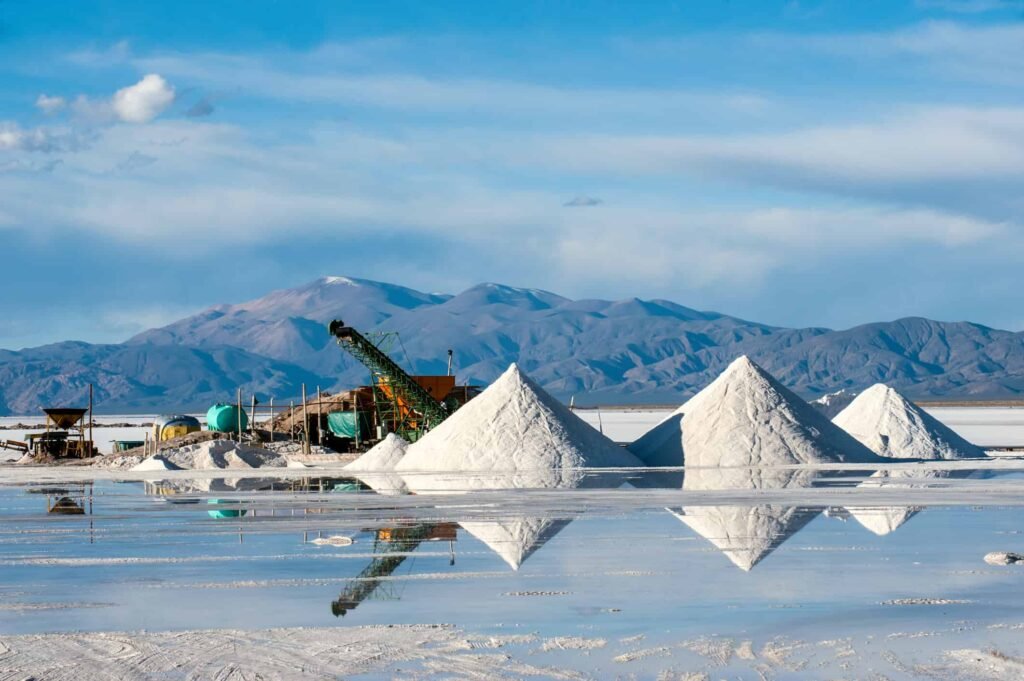
Lithium does not occur in nature in its pure metallic form due to its high reactivity. Instead, it is found in various lithium-bearing minerals and ionic compounds, primarily in solid mineral form or dissolved in brines.
Here’s a detailed look at the natural forms of lithium, including the minerals that contain lithium, how they form, and their significance in the global lithium supply.
1. Lithium in Mineral Form – Overview
Lithium occurs in nature as part of naturally occurring inorganic minerals, where it is chemically bonded with other elements such as aluminum, silicon, oxygen, fluorine, and phosphate.
These minerals are typically found in:
- Granitic pegmatites
- Lithium-rich clays
- Salt brines (as dissolved ions)
- Hydrothermal deposits
2. Common Lithium-Bearing Minerals (Solid Mineral Forms)
| Mineral | Chemical Formula | Lithium Content | Description |
|---|---|---|---|
| Spodumene | LiAlSi₂O₆ | High | A pyroxene mineral, primary source of lithium in hard rock mining. Found in pegmatites. |
| Lepidolite | K(Li,Al)₃(Al,Si)₃O₁₀(F,OH)₂ | Moderate | A lithium-rich mica, often pink or purple, found in lithium pegmatites. |
| Petalite | LiAlSi₄O₁₀ | Moderate | A feldspathoid mineral used in ceramics and as a secondary lithium source. |
| Amblygonite | LiAl(PO₄)(F,OH) | Moderate | A phosphate mineral, sometimes mined for lithium in pegmatite bodies. |
| Zinnwaldite | KLiFeAl(Si,Al)₄O₁₀(F,OH)₂ | Low | A rare lithium mica found in tin and tungsten deposits. |
| Zabuyelite | Li₂CO₃ | High | A rare natural lithium carbonate found in geothermal environments. |
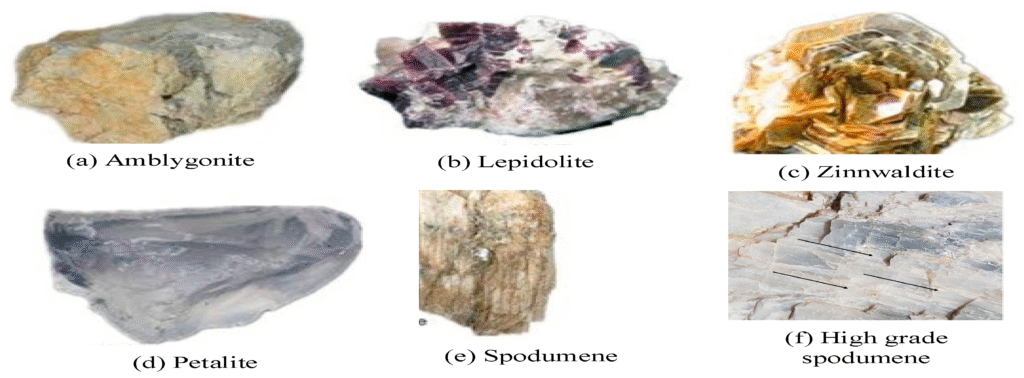
3. Lithium in Brine Form – Not a Mineral, But a Major Source
While not a solid mineral, lithium brines are a major global source of lithium. Lithium exists in salt-rich underground waters in the form of Li⁺ ions, and is extracted through solar evaporation.
- Main regions: Chile, Argentina, Bolivia (Lithium Triangle), U.S. (Nevada)
- Deposit type: Salt flats (salars), closed basins
- Extraction method: Evaporation ponds to concentrate lithium salts (chlorides and sulfates)
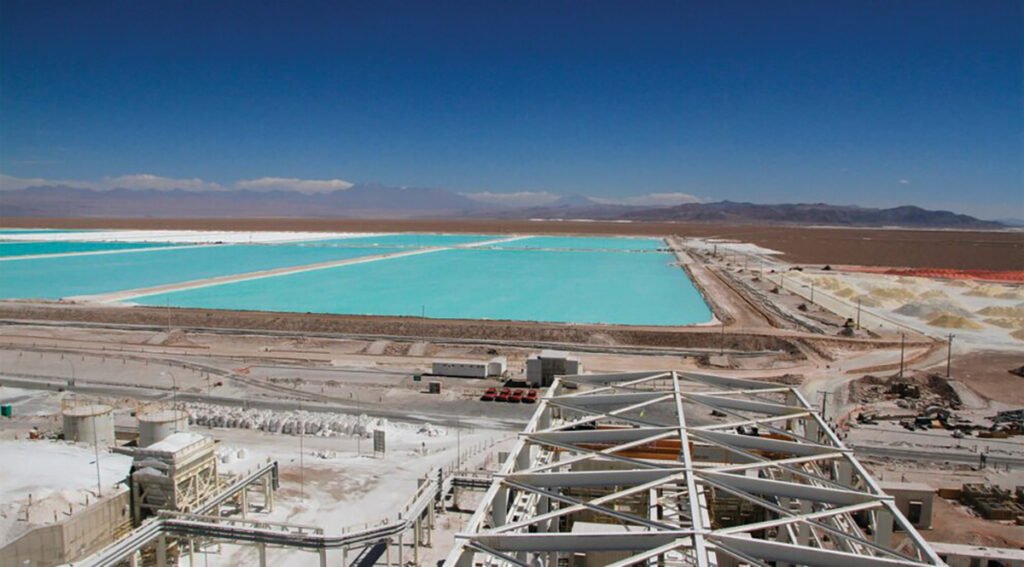
4. Lithium in Clay Deposits – Emerging Source
Lithium can also be found in adsorbed form within certain clay minerals, such as hectorite and smectite. These deposits are being developed in regions like:
- Nevada, USA
- Serbia
- China
- Extraction method: Acid leaching or direct extraction techniques
- Advantages: Abundant, potential for sustainable extraction
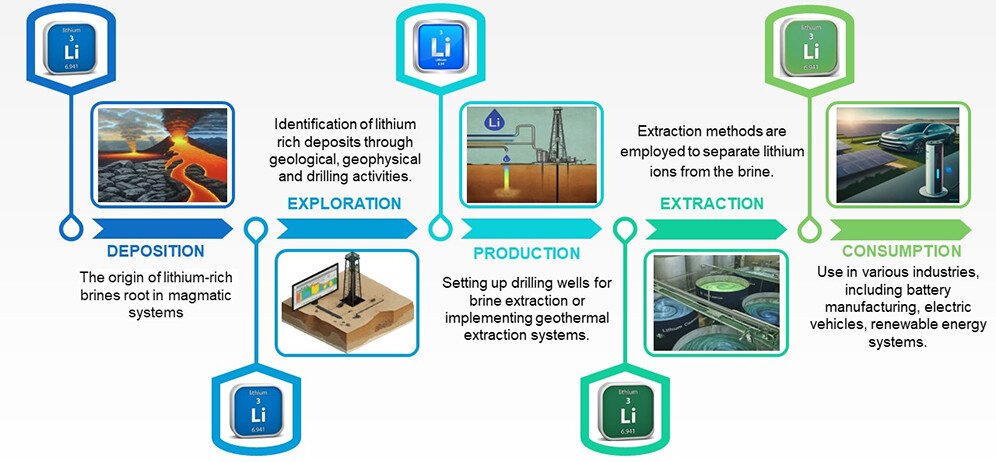
5. Physical Forms of Lithium Minerals
Lithium minerals occur in various physical forms, depending on the mineral type:
- Spodumene: Long, prismatic crystals, often found in pegmatites
- Lepidolite: Flaky, mica-like layers with pink or purple color
- Petalite: Transparent to white, often found in granitic rocks
- Amblygonite: White to pale yellow, often associated with tourmaline
- Zinnwaldite: Brown to black mica found in tin deposits
- Zabuyelite: Rare natural lithium carbonate found in geothermal regions
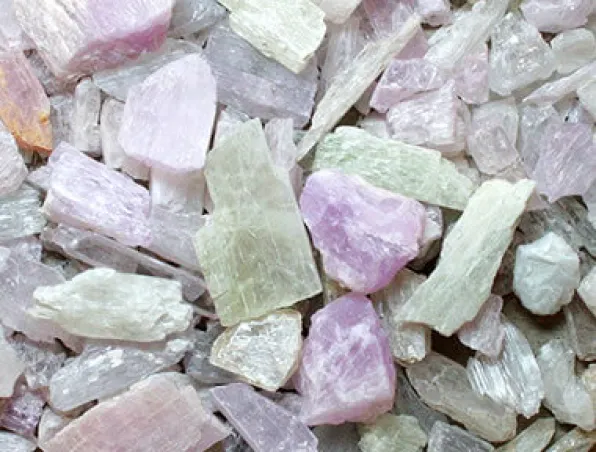
6. Lithium in Industrial Forms (Not Natural Minerals)
After extraction from minerals or brines, lithium is processed into industrial forms such as:
| Form | Use |
|---|---|
| Lithium Carbonate (Li₂CO₃) | Used in pharmaceuticals and battery production |
| Lithium Hydroxide (LiOH) | Used in EV battery cathodes |
| Lithium Chloride (LiCl) | Used in industrial drying agents and molten salt reactors |
| Lithium Metal | Used in specialty alloys and high-energy batteries |
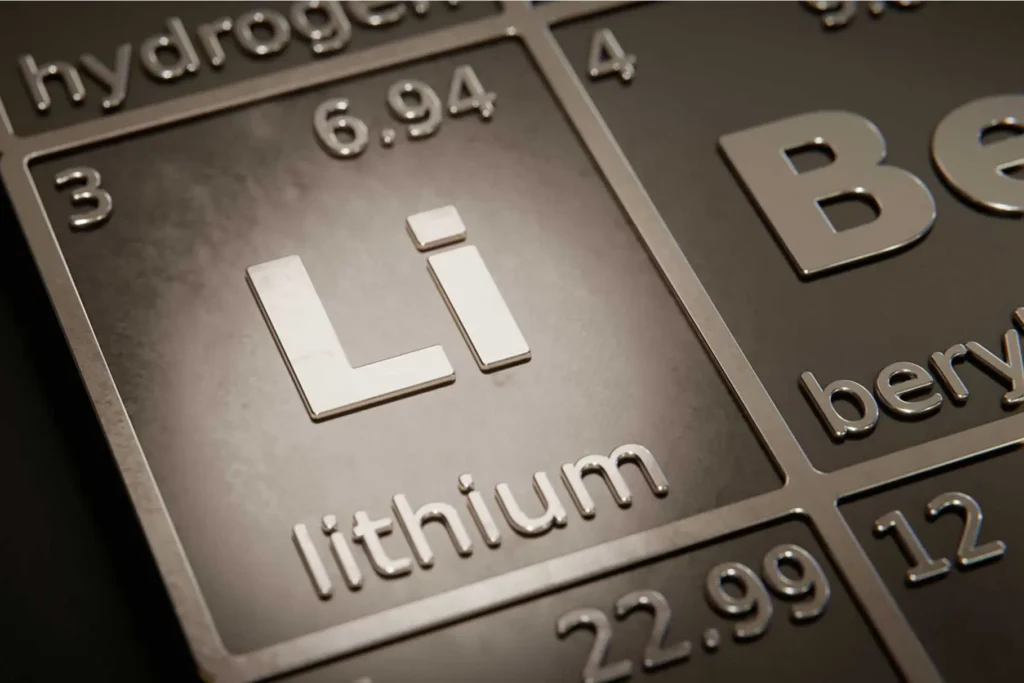
7. Where Are Lithium Minerals Found?
Lithium minerals are found in specific geological settings:
- Australia: Hard rock lithium (spodumene) in pegmatites
- Chile, Argentina, Bolivia: Lithium brines in salt flats
- Canada, Brazil, Zimbabwe: Pegmatite-hosted lithium minerals
- U.S., Serbia: Lithium clays under development
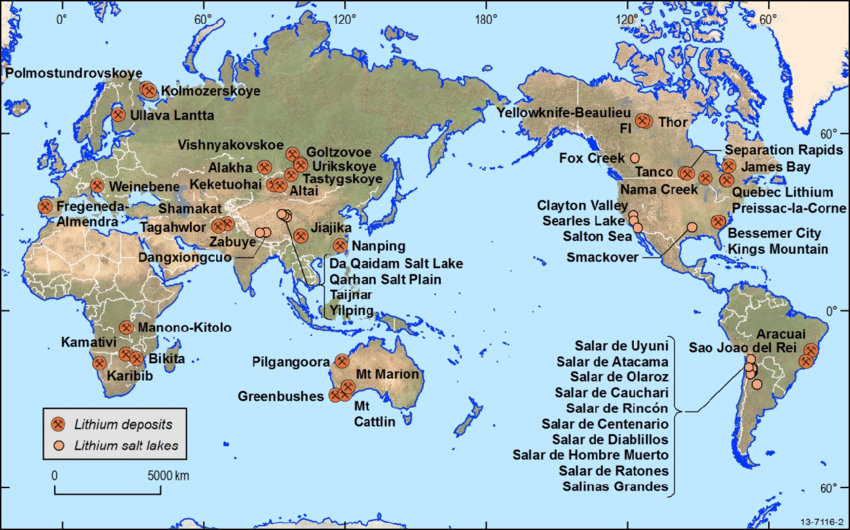
FAQs
Q1: What is lithium’s natural form?
A1: Lithium occurs naturally in lithium-bearing minerals (like spodumene) and in salt brines as dissolved ions.
Q2: What are the most common lithium minerals?
A2: Spodumene, lepidolite, petalite, and amblygonite are the most common lithium-bearing minerals.
Q3: Is lithium found in its metallic form in nature?
A3: No, lithium metal is not found in nature due to its high reactivity. It must be extracted from minerals or brines.
Conclusion
Lithium occurs in nature in several solid mineral forms, primarily in pegmatites, and as ions in brine deposits. The most important lithium minerals include spodumene, lepidolite, petalite, and amblygonite, each playing a role in the global supply chain for batteries, ceramics, glass, and pharmaceuticals.
Understanding the lithium mineral form and its geological context is essential for sourcing and processing this critical element for modern technology.

